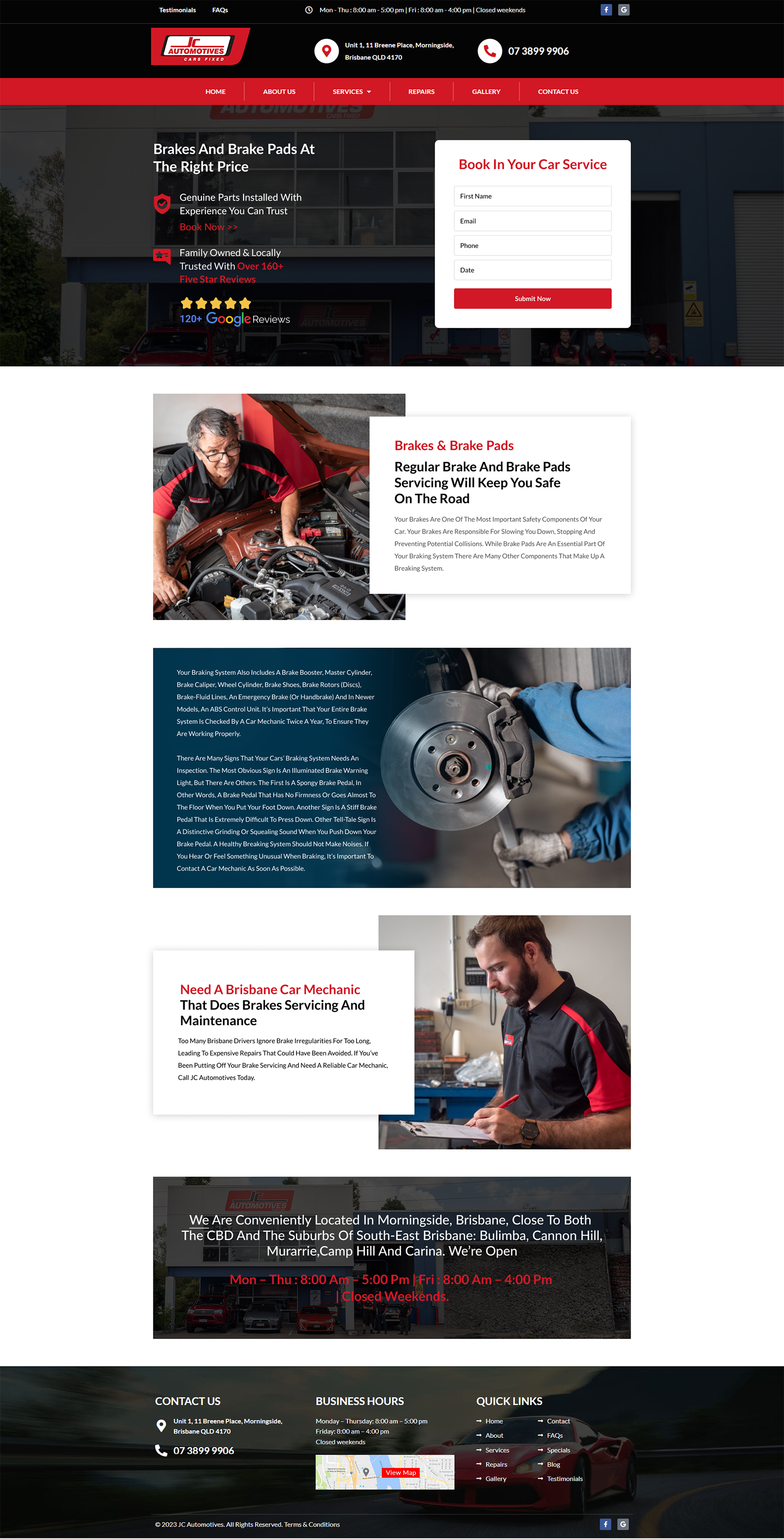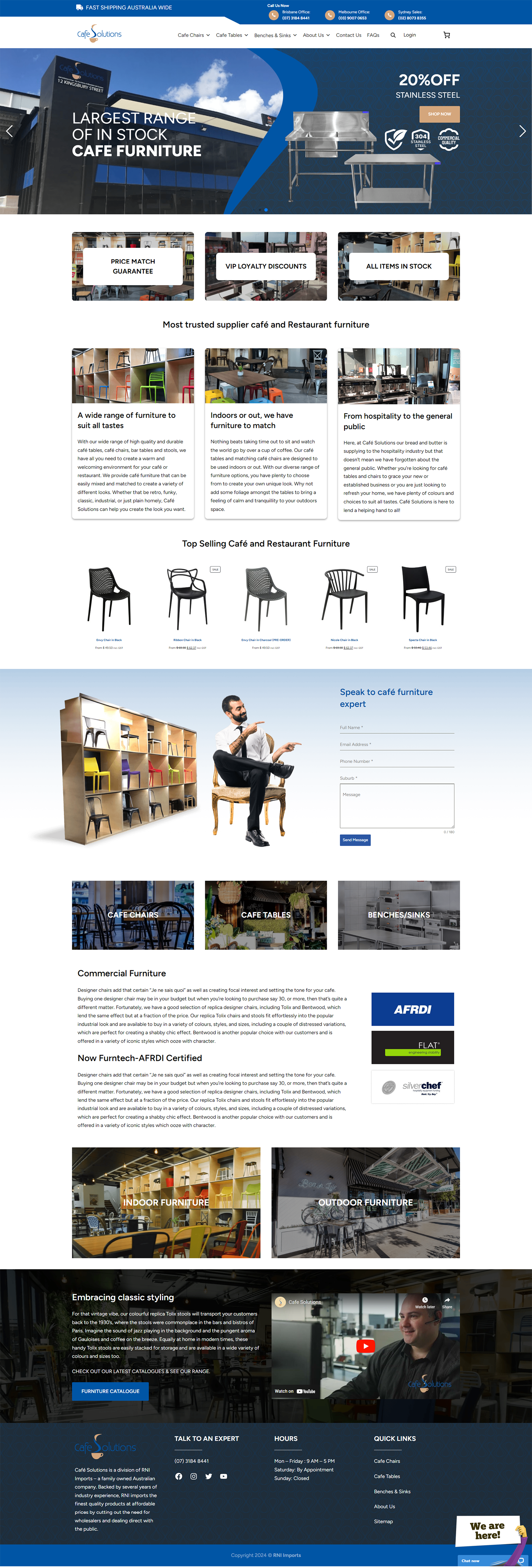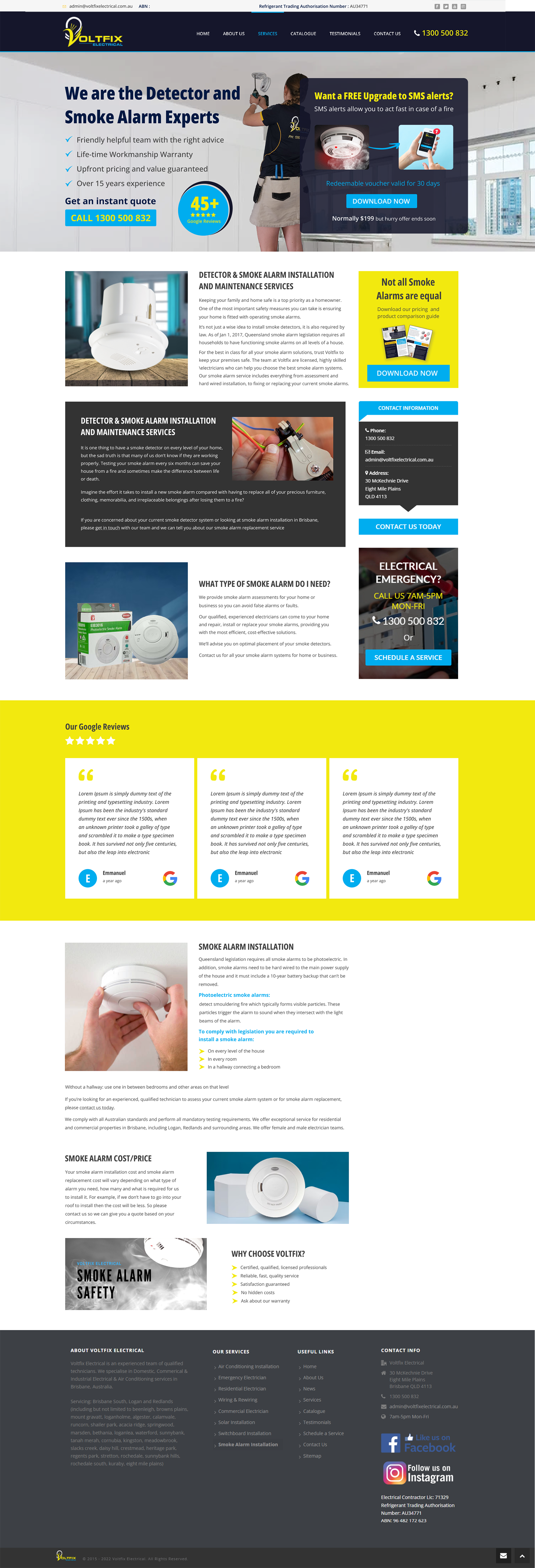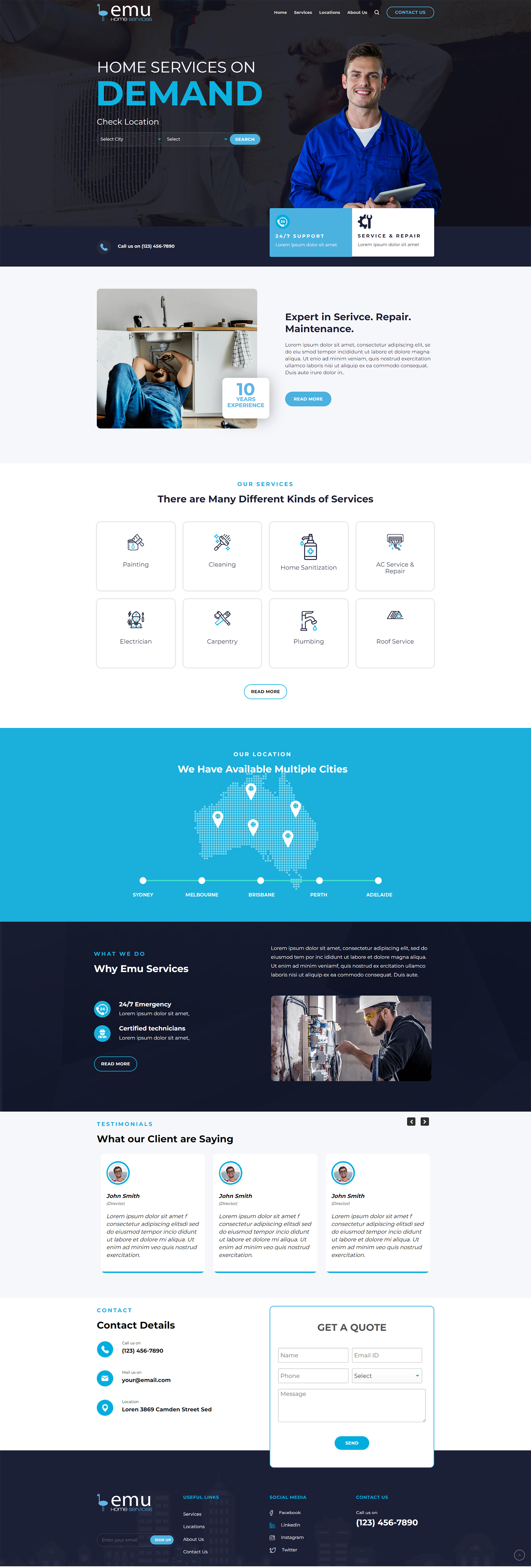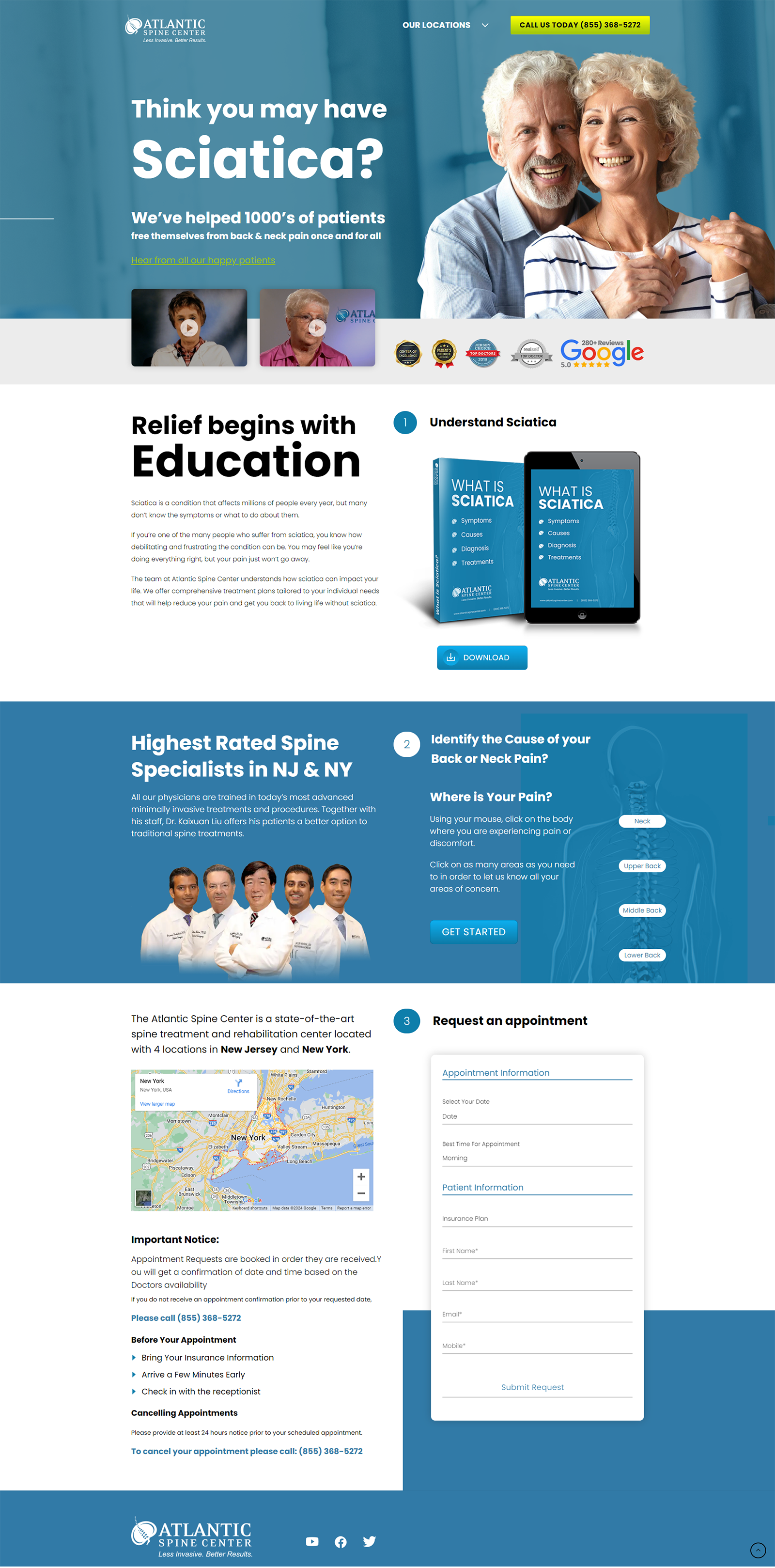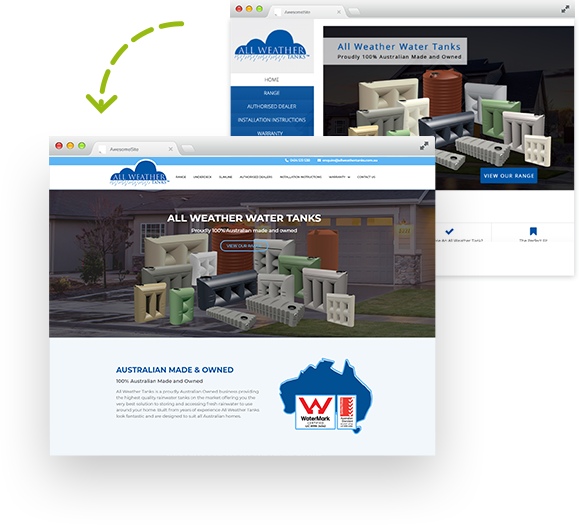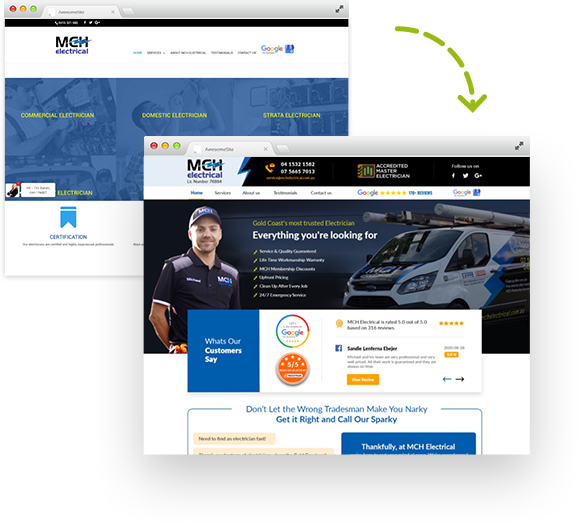Online Display advertising is fast becoming the affordable alternative to TV, Print and Radio for a similar reach and frequency at a fraction of the cost.
It is also carries the benefit of an interactive audience that can click directly through from an online banner ad and convert into a website generated sales enquiry. It also has the ability to target a specific audience with a higher degree of accuracy and with the addition of Remarketing can deliver far more frequency than any other advertising channel for an extremely low cost per impression.
There are a number of digital advertising networks available for business owners to utlise however many of these may not be viable for small and medium businesses often requiring a large minimum spend on premium networks.
There are a number of high end premium networks that can be accessed through trading desks like Adconion. However the cost per thousand impressions for high premium digital environments can exceed as much at $7 to $20 per thousands impressions. If associating your brand with the perception of a high premium network is important then you are best approaching a dedicated above the link media agency who can have more efficient buying capacity at discounted rates.
If you are not a large corporate brand with few hundred thousand at your disposal then we recommend using the Google Display Network for building awareness through high reach, high frequency interactive banner ads.
So what is the Google Display Network?
The GDN is made up of over 3 million websites that accept online text or banner advertisements from Google. These websites include popular sites that you may visit every day including the major traffic sites like Youtube, Ebay, Amazon, Gumtree, SkyNews and thousands of other popular sites. They also include an endless amount of blogs, review, research, product and news websites. There is almost every topic and category that is included in the Google Display Network.
Targeting Methods
There are a number of ways you can target with filters to ensure you are reaching the right audience likely interested in your product or service. Keep in mind however this should be treated first as a brand awareness strategy and less relied on as an ROI conversion strategy. However in saying that, the more targeting filters you apply including a geo-targeted area and combined with Remarketing, is possible to achieve some impressive conversion results. Cost per conversion is higher than search but can deliver higher volume conversions if your industry is easily defined and can be targeted well.
Below are the types of targeting methods that we can use:
[togglegroup][toggle title=”Contextual”]In this method we use a keyword list for each product or service to filter on the GDN which sites are relevant to these keywords. Google will automatically choose websites that have a contextual match with your keyword list. It is important however to have a tightly themed keyword list relevant to each web page. For example if you sell cars, it would be ideal to have a different keyword list in seperate Ad Groups for each make or model of car and maybe another one that is more generic relating to “Cars For Sale”. This method provides the highest reach however unless you have a well structure campaign you can experience varying results. [/toggle][toggle title=”Interest”]This method looks at a users search history (tracked via Chrome or being logged into your Google account) and will display your ads based on a selection of interest categories. A user may not be on a particularly relevant site at the time of seeing your ad, but their search history suggests that they have been in the past. This method is effective for high reach but is less targeted and time sensitive to their needs. [/toggle][toggle title=”Topic”]This method is similar to interests in terms of choosing from a list of interest based topics however your ad will only show when they are currently on a page that matches your choice of website topics. This is a more targeted method than using interests as it adds in the time sensitive nature of catching people at the right time when they are on a somewhat relevant page. The trade off however is the much less reach that is achievable in general, but this depends on your industry. [/toggle][toggle title=”Placements”]The last method of targeting is used by selecting specifically which website URL’s you would like your banner ads to appear on. Easier said than done when you first need to identify which websites are part of the GDN in the first place. To help choose Google provides a Display Planner that enables you to find eligible websites that fit your targeting criteria. You can also select certain pages with websites or use a contextual filter within a website. [/toggle][/togglegroup]
How to combine your targeting methods for razor sharp targeting
Firstly keep in mind that you will significantly diminish the reach of your audience by combining your targeting methods and raises the question on whether you should just stick with the Paid Search Network (Google.com). What if your audience is not located on Google search and there is little to no search volume for certain terms that identify your ideal audience. Through filtered audience targeting on the GDN you can build awareness to a targeted audience. In some cases on very large campaigns we have seen an increase in search volume for certain keyword terms shortly after running are large GDN awareness campaign. We call this search attribution from the Google Display Network to the Google Search Network.
Combination Filtering Strategies
- Combining placement targeted URL’s with a contextual filter. Effective on News Websites for targeting news related content on reputable news websites.
- Combining placement targeted URL’s with an interest filter. Effective on Youtube or other high volume sites with low text content.
- Combining keywords and interest categories for a good mix of reach and targeting of a specific audience.
- Combine targeted interest categories with a very high volume of generic keywords relevant to your audience. This provides a targeting filter based on search history combined with a higher chance of displaying your ad at a time when they are on a somewhat relevant website.
Remember to always use Display and Search remarketing to significantly increase your brand awareness and long term conversion opportunities. Conversion activity (lead or sales enquiries) from display advertising can be significantly enhanced with the use of Remarketing. In fact I would not even attempt to use Display or Search advertising without the use of a well designed Remarketing campaign.





